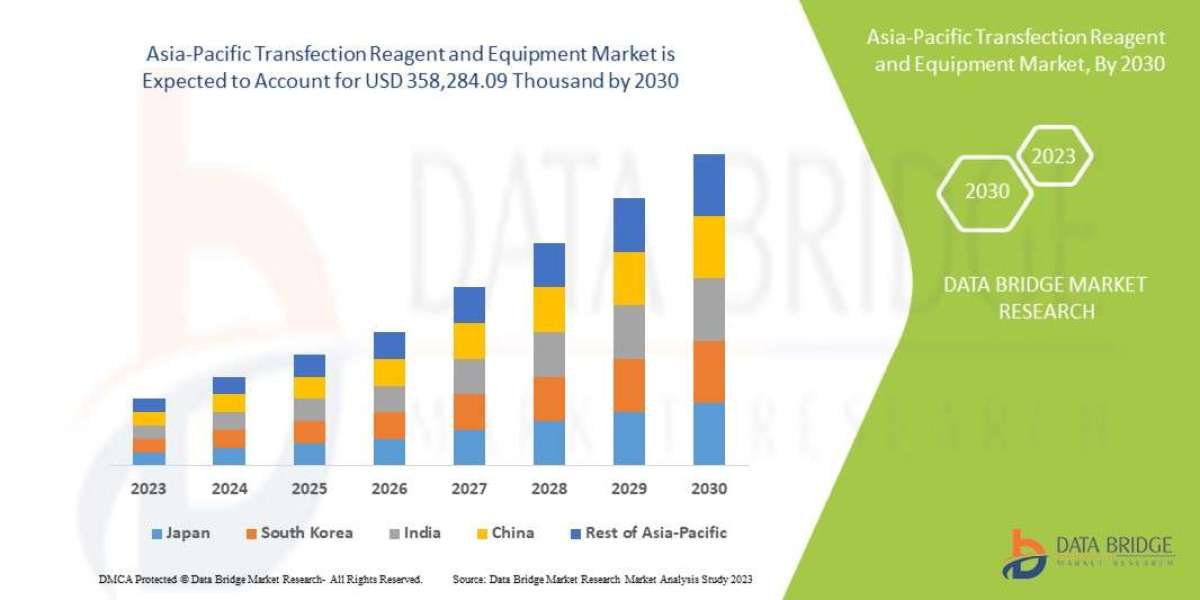Chemical peels are among the most effective non-invasive treatments for a wide range of skin issues — from acne and wrinkles to pigmentation and rough texture. But what really happens beneath the surface when you get a chemical peel in Dubai? What makes it so powerful, and why does it work so well?
This blog breaks down the science behind chemical peels, explaining the cellular changes, the role of various acids, and why Dubai’s climate makes professional application essential.
? What Is a Chemical Peel?
A chemical peel is a dermatological procedure that uses specially formulated acids to exfoliate the skin by breaking down the bonds between dead cells on the skin’s surface.
The controlled injury to the skin stimulates:
Cell turnover
Collagen production
Even melanin distribution
These changes lead to clearer, smoother, more even-toned skin.
? What Happens to the Skin During a Chemical Peel?
Here’s a step-by-step look at the biological process:
1. Application of the Acid Solution
The solution (glycolic, salicylic, lactic, TCA, etc.) is applied to the skin surface. The acid lowers the pH of the skin, causing controlled chemical exfoliation.
2. Protein Denaturation
Acids break the bonds between corneocytes (skin cells in the outer layer), leading to protein coagulation and denaturation. This disrupts the keratin structure and allows the peel to penetrate deeper into the skin.
3. Inflammation Response Begins
The body identifies the acid-induced exfoliation as a form of micro-injury. This triggers an inflammatory response, which:
Increases blood flow
Sends white blood cells to repair the area
Signals fibroblasts to produce collagen and elastin
4. Desquamation (Peeling Phase)
In the days following the peel:
The outer skin layer flakes or peels away
Damaged or pigmented cells are shed
New, healthier skin cells rise to the surface
5. Regeneration and Remodeling
In deeper peels, the healing process continues into the dermis, where:
Collagen fibers reorganize
Skin thickens and tightens
Scars and wrinkles become less visible
? How Acids Work in Different Peels
Different acids target different skin layers and issues. Here's how the most common acids used in chemical peels in Dubai function:
✅ Glycolic Acid (AHA)
Smallest molecular size = deep penetration
Dissolves bonds between dead cells
Stimulates fibroblasts to increase collagen production
Great for aging, pigmentation, and dullness
✅ Lactic Acid (AHA)
Larger molecule = gentler exfoliation
Also acts as a humectant, drawing moisture into the skin
Ideal for dry and sensitive skin
✅ Salicylic Acid (BHA)
Oil-soluble = penetrates sebum-filled pores
Has anti-inflammatory and antibacterial properties
Perfect for acne, blackheads, and oily skin
✅ Mandelic Acid (AHA)
Large molecule = slow penetration
Reduces melanin production
Excellent for dark spots and melasma
Safe for darker skin tones
✅ TCA (Trichloroacetic Acid)
Medium-depth action
Stimulates deep regeneration
Reduces acne scars, wrinkles, and pigmentation
Used in strengths of 10%–35%
? Skin Renewal Cycle After a Chemical Peel
The normal skin cycle is around 28–40 days. Peels accelerate this process:
| Day | What Happens |
|---|---|
| 1–2 | Redness, tightness, slight swelling |
| 2–4 | Visible flaking/peeling of damaged skin |
| 5–7 | Skin starts to feel smoother, clearer, and brighter |
| 7–14 | Collagen production increases, texture improves |
| 14+ | Final results show: even tone, reduced marks, glow |
? Cellular-Level Changes from Peels
Chemical peels do more than just exfoliate. They stimulate processes deep within the skin:
| Process | Effect on Skin |
|---|---|
| Keratinocyte turnover | Fresher, younger-looking skin surface |
| Fibroblast activation | Increased collagen and elastin production |
| Melanocyte regulation | Fewer dark spots and even skin tone |
| Vascular stimulation | Enhanced oxygen and nutrient delivery to skin cells |
?️ Chemical Peels and Dubai's Unique Climate
Dubai’s climate introduces specific challenges that peels can help correct — but also demands professional care:
☀️ High UV Exposure
Causes premature aging and pigmentation
Peels can correct sun damage
Must use strict SPF post-peel
? Heat and Humidity
Increases oil production → breakouts
Peels help unclog pores and reduce acne
?️ Dry Desert Air (Indoors)
Dehydrates skin, causing dullness and flaking
Lactic acid peels can replenish moisture
? Why Professional Application Matters
Doing a chemical peel at home may sound tempting, but here’s why it's risky in Dubai:
Stronger formulations available only to licensed professionals
Proper skin analysis ensures the right acid and strength are chosen
Professionals know how to neutralize peels safely
Risk of hyperpigmentation in dark skin if misused
Chemical peels in Dubai are offered by dermatologists and aesthetic experts with experience treating a wide variety of ethnic skin types and concerns.
? What Happens If a Peel Is Too Strong?
Too much exfoliation can cause:
Burns or blisters
Prolonged redness
Post-inflammatory hyperpigmentation (PIH)
Broken capillaries
This is why patch testing and graduated strength protocols are essential in clinics.
? Summary Table: Scientific Action of Each Peel
| Peel Type | Penetration Level | Mechanism of Action | Ideal For |
|---|---|---|---|
| Glycolic Acid | Superficial–Medium | Cell renewal, collagen synthesis | Aging, dull skin |
| Lactic Acid | Superficial | Hydration + mild exfoliation | Dry, sensitive skin |
| Salicylic Acid | Superficial | Oil absorption, pore clearing | Acne, oily skin |
| Mandelic Acid | Superficial | Melanin inhibition, slow action | Pigmentation, darker skin tones |
| TCA | Medium | Dermal stimulation, protein coagulation | Scars, pigmentation, fine lines |
? Frequently Asked Questions
❓ Is a visible peel necessary for results?
Not always. Even without visible peeling, cell renewal and deep exfoliation still occur. Light peels may work under the surface without flaking.
❓ How soon will I see results?
Many see improvement after 1 session, but deeper concerns may require 3–6 treatments spaced 3–4 weeks apart.
❓ Is it safe to repeat peels?
Yes. Light peels can be repeated every 2–4 weeks, while medium peels are done every 4–6 weeks. Maintenance treatments are safe long-term when spaced properly.
❓ Will chemical peels thin my skin?
No. Peels remove dead skin and encourage healthy regeneration. In fact, they can thicken the dermis over time by stimulating collagen.
? Final Thoughts
The power of chemical peels in Dubai lies in their ability to trigger the skin’s natural healing process through a carefully controlled scientific method. From dissolving dead skin cells to stimulating deep tissue renewal, chemical peels offer impressive results backed by real dermatological science.
Understanding how they work — and choosing the right one — ensures you get the safest and most effective outcome for your skin type, tone, and goals.







